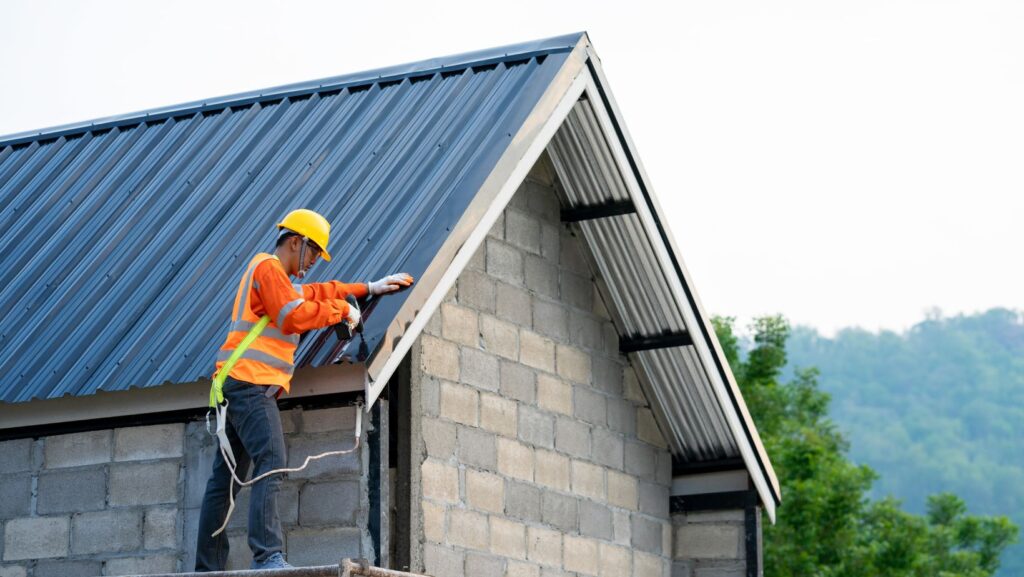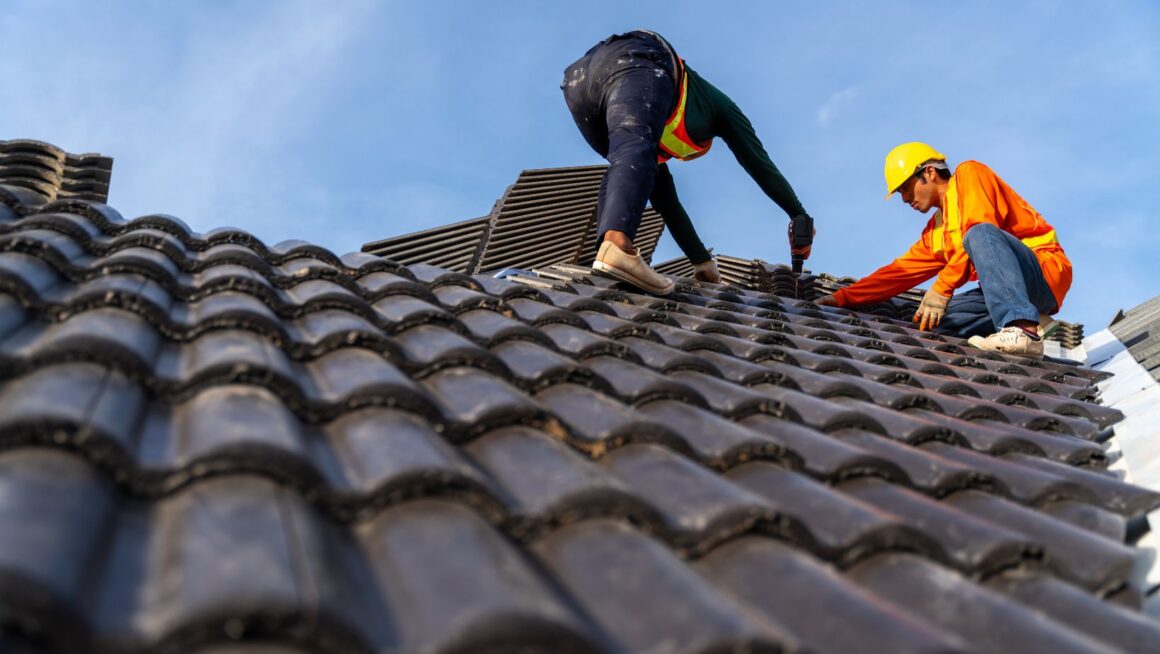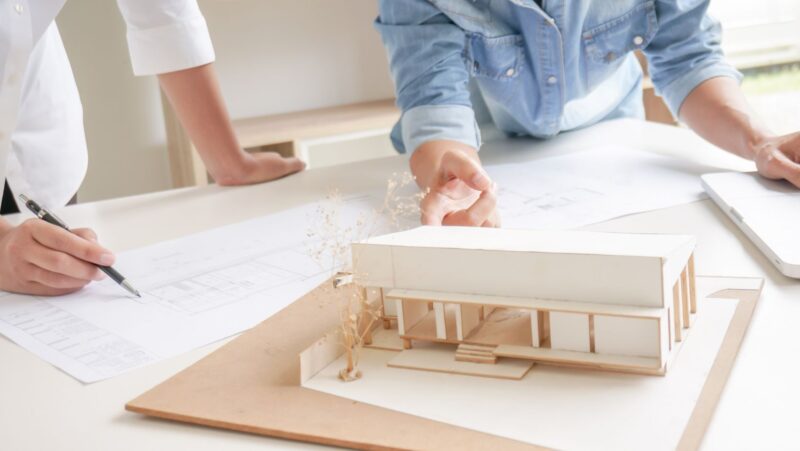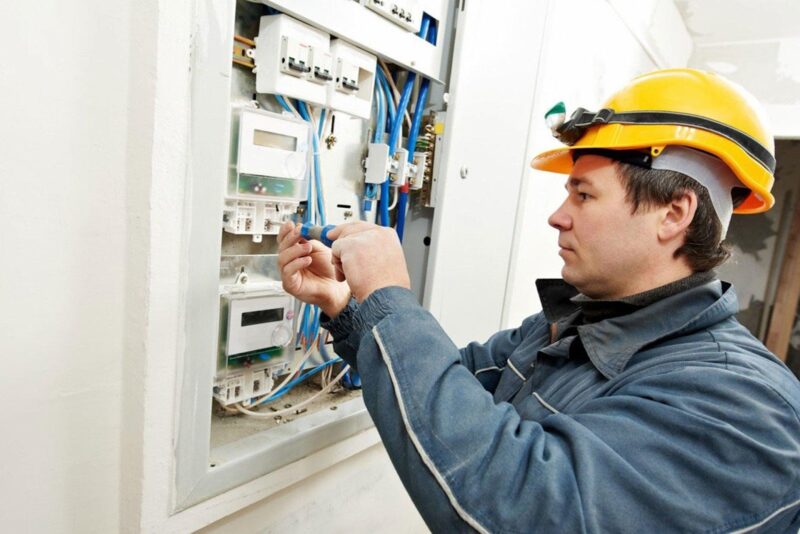
Torch-on roofing, also known as modified bitumen roofing, is a type of roofing membrane that is applied using heat. This system combines asphalt with polymers, resulting in a robust and flexible material that can withstand harsh weather conditions. Its unique composition provides excellent waterproofing capabilities, which is essential for flat roofs that are more susceptible to water pooling. A significant advantage of torch-on roofing is its longevity. Typically, these roofing systems can last between 15 and 20 years with proper maintenance, which is a testament to their durability. As you explore the various roofing options available for flat roofs, it’s essential to consider how torch-on roofing can meet your specific needs and deliver long-term value.
How Torch-On Roofing Works
Understanding how torch-on roofing works is crucial to appreciating its benefits. This roofing system involves applying a membrane to the roof surface using a propane torch, which heats the asphalt and allows it to adhere firmly to the roof substrate. This process ensures a seamless and watertight bond that is resistant to leaks and water damage.
The membrane used in torch-on roofing is typically composed of multiple layers, each serving a specific purpose. The base layer provides a strong foundation, while the additional layers add waterproofing and UV resistance. To ensure every layer performs at its best, professional installation is key. Ensure your roof stays in top condition with Marks Roofing, offering professional torch-on roofing installation and repair services in Vancouver. This multi-layered approach ensures that your roof can withstand the elements and remain intact for years to come.
Additionally, torch-on roofing systems are known for their flexibility. Unlike some traditional roofing materials, torch-on membranes can expand and contract with temperature fluctuations without cracking or becoming brittle. This flexibility is particularly beneficial for flat roofs, where temperature changes can be more pronounced and potentially damaging to less adaptable materials.
Key Features of Torch-On Roofing Systems
Torch-on roofing systems are renowned for their impressive array of features that make them a superior choice for flat roofs. One of the most notable features is their exceptional waterproofing capability. The seamless application of the membrane ensures that water cannot penetrate the surface, protecting the underlying structure from potential water damage.
Another key feature is the system’s UV resistance. Torch-on membranes are designed to withstand prolonged exposure to sunlight without deteriorating. This resistance not only prolongs the lifespan of the roofing system but also helps maintain the building’s energy efficiency by reflecting heat away from the roof.
Moreover, torch-on roofing is highly resistant to mechanical damage. Its robust composition allows it to endure foot traffic and resist impacts from debris or hail, making it a reliable option for roofs that require regular maintenance or support rooftop equipment. These features collectively contribute to the durability and longevity of torch-on roofing systems, making them a wise investment for any flat roof.
Comparing Torch-On Roofing to Other Flat Roofing Options
When evaluating flat roofing options, it’s important to compare torch-on roofing with other popular choices, such as EPDM rubber roofing, TPO roofing, and built-up roofing (BUR). Each option has its unique advantages and disadvantages, and understanding these differences can help you make an informed decision.

- EPDM Rubber Roofing: This option is known for its affordability and ease of installation. However, it may not offer the same level of durability or UV resistance as torch-on roofing. EPDM can be prone to punctures and requires regular maintenance to address any potential leaks.
- TPO Roofing: TPO is a relatively newer option that offers good energy efficiency and UV resistance. However, its long-term performance is still under scrutiny, as it can be susceptible to shrinkage over time. In contrast, torch-on roofing provides a proven track record of durability and reliability.
- Built-Up Roofing (BUR): BUR systems are known for their strength and multi-layer protection. Yet, they can be labour-intensive to install and may not provide the same level of flexibility as torch-on roofing. Torch-on systems offer a modern alternative that combines ease of installation with superior performance.
In summary, while each roofing option has its merits, torch-on roofing stands out for its comprehensive benefits, including superior waterproofing, UV resistance, and mechanical durability.
Installation Process for Torch-On Roofing
A successful torch-on roofing installation requires careful planning and attention to detail at every step. Each phase of the process builds on the previous one, ensuring the roof performs reliably and lasts for years.
Surface Preparation
Before the torch-on roofing membrane can be applied, the roof surface must be meticulously prepared. This step is crucial to ensuring a strong bond between the membrane and the substrate. The surface should be clean, dry, and free of any debris or contaminants that could impede adhesion.
It’s also important to repair any existing damage to the roof surface. Cracks, holes, or other imperfections should be addressed to create a smooth and even foundation for the membrane. Proper surface preparation not only enhances the effectiveness of the torch-on roofing system but also contributes to its longevity.
In some cases, a primer may be applied to improve adhesion between the membrane and the roof substrate. This additional step can be particularly beneficial for roofs with challenging surfaces or where additional bonding strength is required. By investing time in thorough surface preparation, you can ensure a successful installation and long-lasting performance.
Torch-On Membrane Application
Once the surface is prepared, the torch-on membrane application begins. This process involves unrolling the membrane across the roof surface and using a propane torch to heat the underside of the membrane. The heat activates the asphalt, allowing it to bond securely with the substrate.
Careful attention is paid to ensuring that each section of the membrane is properly aligned and overlapped to create a seamless and watertight seal. This step is critical to preventing water infiltration and ensuring the overall integrity of the roofing system.
It’s important to work methodically and avoid overheating the membrane, as this can cause damage or weaken the material. Skilled installers are adept at controlling the torch’s heat to achieve optimal adhesion without compromising the membrane’s quality.
Sealing and Finishing
The final stage of the installation process involves sealing and finishing the torch-on roofing system. This step includes applying additional layers of protection, such as a reflective coating or gravel ballast, to enhance the roof’s durability and energy efficiency.
Sealing the edges and seams is essential to maintaining a watertight barrier. This attention to detail ensures that the roofing system can withstand the elements and continue to perform effectively over time. Proper sealing also helps to prevent potential issues such as leaks or moisture infiltration.
Once the sealing and finishing processes are complete, the roof is inspected to ensure that the installation meets the highest standards of quality and performance. This final inspection provides peace of mind that your torch-on roofing system is ready to protect your property for years to come.
Cost Considerations for Torch-On Roofing
When planning for a torch-on roofing installation, it’s important to consider the associated costs. While the initial investment may be higher than some other roofing options, the long-term benefits and savings can make it a cost-effective choice.
The overall cost of a torch-on roofing system will depend on several factors, including the size and complexity of the roof, the quality of materials used, and the labour involved in the installation. It’s essential to obtain detailed estimates from reputable roofing contractors to understand the full scope of the project.
While torch-on roofing may require a larger upfront investment, its durability and low maintenance requirements can lead to significant savings over time. The extended lifespan and reduced need for repairs or replacements make it a wise investment for those seeking long-term value and reliability.
Why Choose Torch-On Roofing for Your Flat Roof
In conclusion, torch-on roofing stands out as the ultimate smart choice for flat roofs due to its exceptional durability, waterproofing capabilities, and resistance to environmental factors. Its unique features, such as UV resistance and flexibility, make it a versatile and reliable option for both residential and commercial properties. By selecting torch-on roofing, you are investing in a roofing system that offers long-term performance and peace of mind. Its ability to withstand harsh weather conditions and resist mechanical damage ensures that your property remains protected and comfortable for years to come.



